150-YEAR-OLD ENVELOPE WITH NO ADDRESS COMPELS POSTMASTER TO EMBARK UPON A LIFE-CHANGING JOURNEY
You could never know what life brings along. Sometimes people are not meant to be permanent in your life. All you are left with are memories of the people who left you at a point in the journey called life. What if the memory you made in the form of anything, connects the people to the past we shared? People are going to relive the whole era again by joining the dots of memory. Here is a story of a postmaster who received something unusual that made the world visit the old era.
A Usual day
It was a usual day for Lori Boes, the postmaster of Michigan. Like every day, she used to deliver letters to the correct address mentioned by the sender. She had been doing this work for a very long time, therefore, was aware of most of the houses and localities of her state.
Love For Her Job
Boes loved her job more than anything else. The only thing that encouraged her to keep going was the smile and happiness that she was able to put on the receiver’s face. She considered herself to be a medium of people’s connection and this is the reason why she never delayed her delivery to any address. In fact, she hardly took any day off.
No Address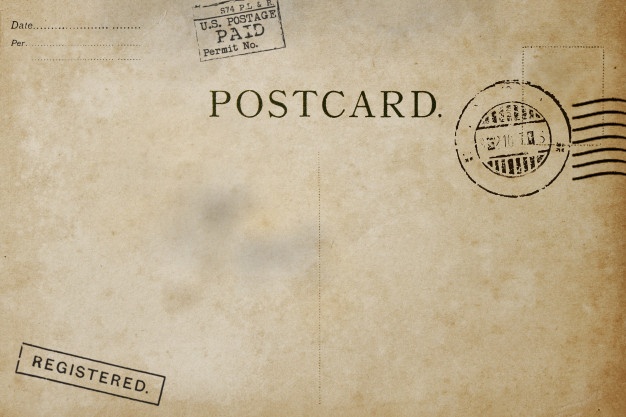
On a day, while doing her everyday work, that is, fetching letters and delivering them, Lori Boes caught hold of a mysterious envelope in which no address was mentioned. This was something new for her since she hasn’t seen somebody doing such a blunder. She tried searching for the address, but lastly, her search ended up with a surprise.
For Her?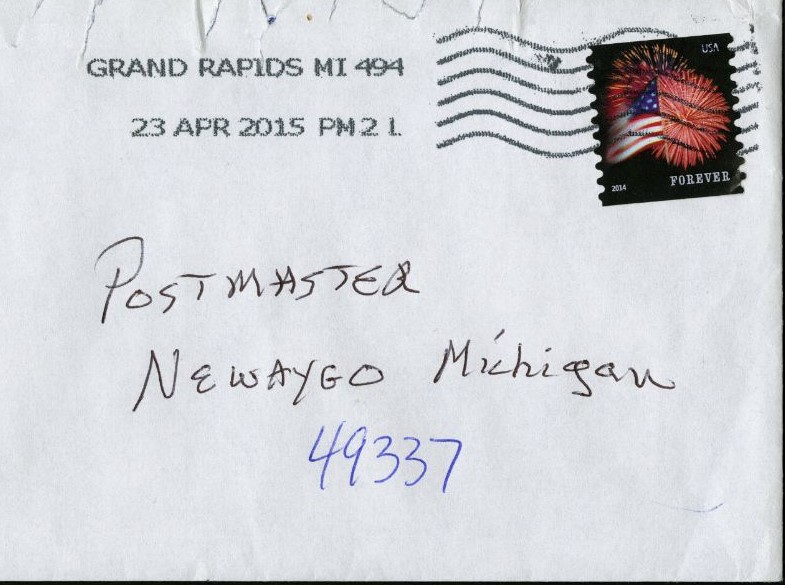
Boes was all baffled on seeing a letter with no particular address or name on it. On flipping it, she got to see letters inked on the surface of the paper. Unlike other letters, the name was not specified nor the address. A designation was mentioned that surprisingly turned out to be of hers. With a shivering hand, somebody mentioned “Postmaster, Newaygo Michigan 49337”.
The Dilemma
There was a conflict going inside Boes’ head. She wanted to read the letter because it was in her name but at the same time, she thought that it could be for the last postmaster who served the city before her. She was dilemmatic about reading the letter so she kept the letter aside and focused on other letters she had to deliver that very day.
A Prank?
Lori Boes, while delivering the rest of the letters came across a thought of being pranked. To test her patience, some children could have planned that whole scenario making her go all nuts. As soon as this thought generated inside her head, she stopped her bicycle and searched for a comfortable place to read the mysterious letter she carried.
Forgot To Read
As Boes headed to open the letter, she was occupied by the citizens of Michigan who respected her a lot. She received a warm greeting from them and they engrossed her in their general talks which made her forget the letter. She completely forgot about it and continued with the distribution of other letters.
Unsealed

Boes, until the next day, totally forgot about the letter. While going through the names of the recipients, she suddenly recalled that mysterious letter that she kept inside her bag for safekeeping. Without wasting a single moment, she unsealed the envelope.
Hidden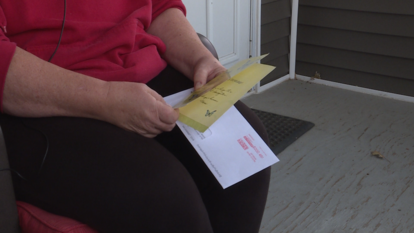
As soon as she unsealed the envelope, she could see another envelope peeping outside of the unnamed one. She delicately dragged it out so that no harm could be done to the letters inside. She did it with concentration and let the letter free out of the hidden envelope.
The Condition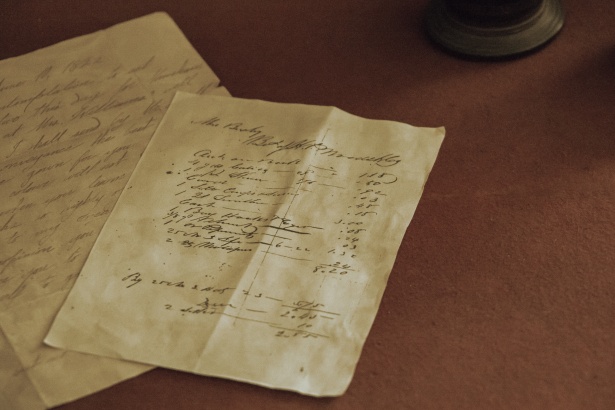
As she opened the envelope, she got to see such a dilapidated condition of the letter. To add on, there was not just one letter but more than one. Her analysis concluded that the letters belonged to the past and hid some of the codes that needed to be decoded.
Reading It Out
After analyzing the letter, she proceeded with reading out the letter. She was astonished to see the handwriting. She again assumed that the handwriting was way too old school. She wanted to clear her doubts and give shape to her assumption; therefore she called out for external help.
The First Thought
Boes started thinking as to why would someone send her several old letters. Were those letters cursed or had any relation with the past? Decoding those letters alone would take a lot of time so she thought of seeking help from others so that she could solve the riddle of those letters in a short span of time.
No Postage Stamp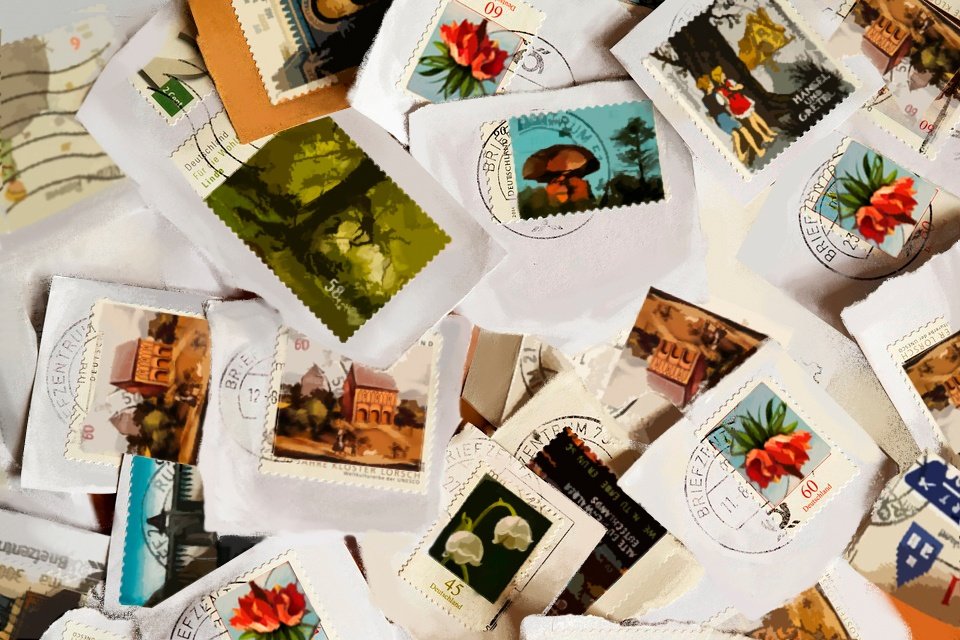
She noted that there was no postage stamp on those letters. The inner envelope appeared to have originated from the Virginian town of Norfolk. The recipient’s name was partially visible and on reading carefully, Lori Boes figured out that the name of the receiver was Orrin W. Shephard. The letter had to be sent to the receiver who turned out to be the sender’s parents.
Genuine Or Not?
![]()
Though Lori Boes was impressed by the letters she read so far but was still confused about the originality of the letters. She needed to confirm whether the letters had a connection with the glorious past or not. If yes, then she could help her country in this way.
Seeking Help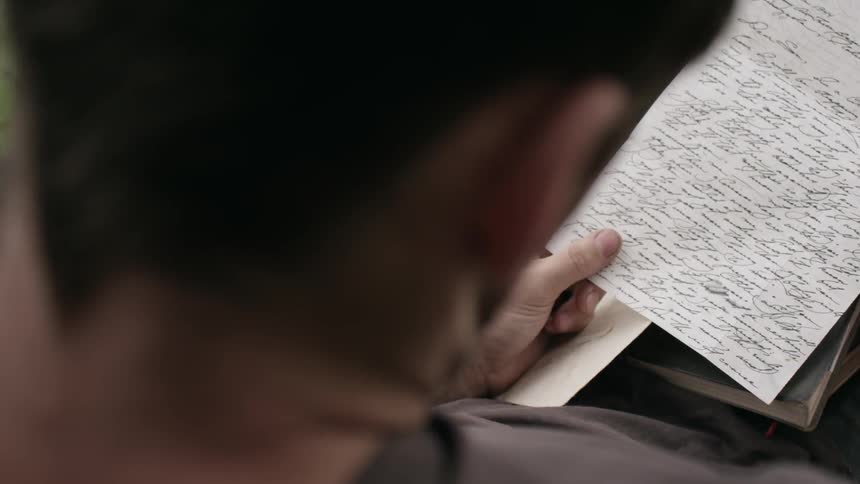
Boes was uncertain what to do with the letters further, so she decided to contact Chuck Howe who was the post office district manager in the Greater Michigan area. He too went through the letters but he too could not decide whether the letters existed back in time so he looked up for a historian named Jenny Lynch.
Sharing The Matter

Howe, without having a second thought, sent the photographs of the letters to Lynch at her Washington, D.C.office. At first sight, Lynch believed the letters were authentic but deep down, he wanted a second opinion on the same. Lynch sought the expertise of the Smithsonian National Postal Museum. She approached Dan Piazza who was an assistant curator at the institution.
Genuine!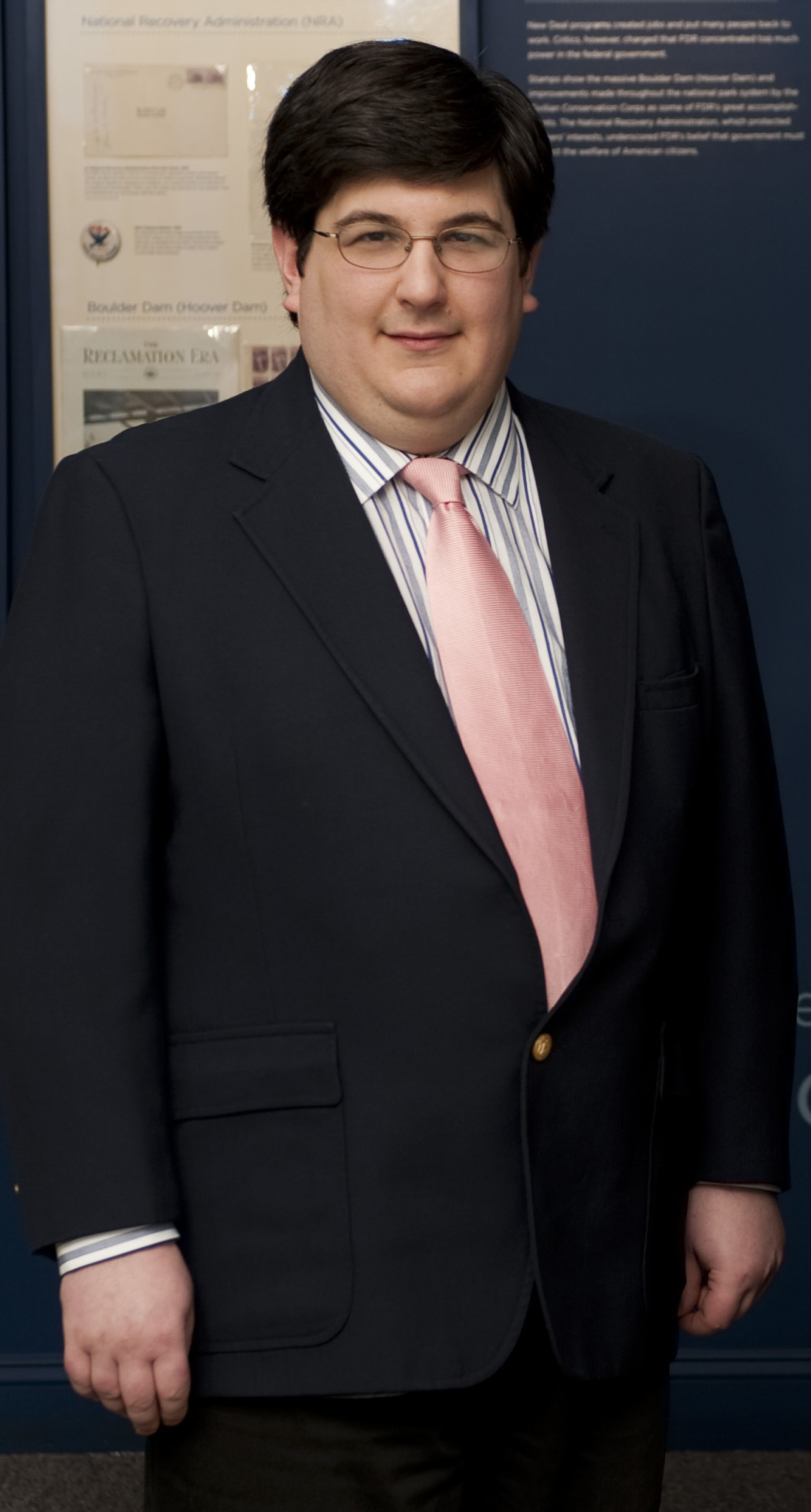
After having a closer look at the size and type of paper utilized in the correspondence and the kind of ink used, Piazza utilized his knowledge and was satisfied with what he had learned. The assistant curator took the results back to Lynch and stated: “They’re genuine”.
Belonging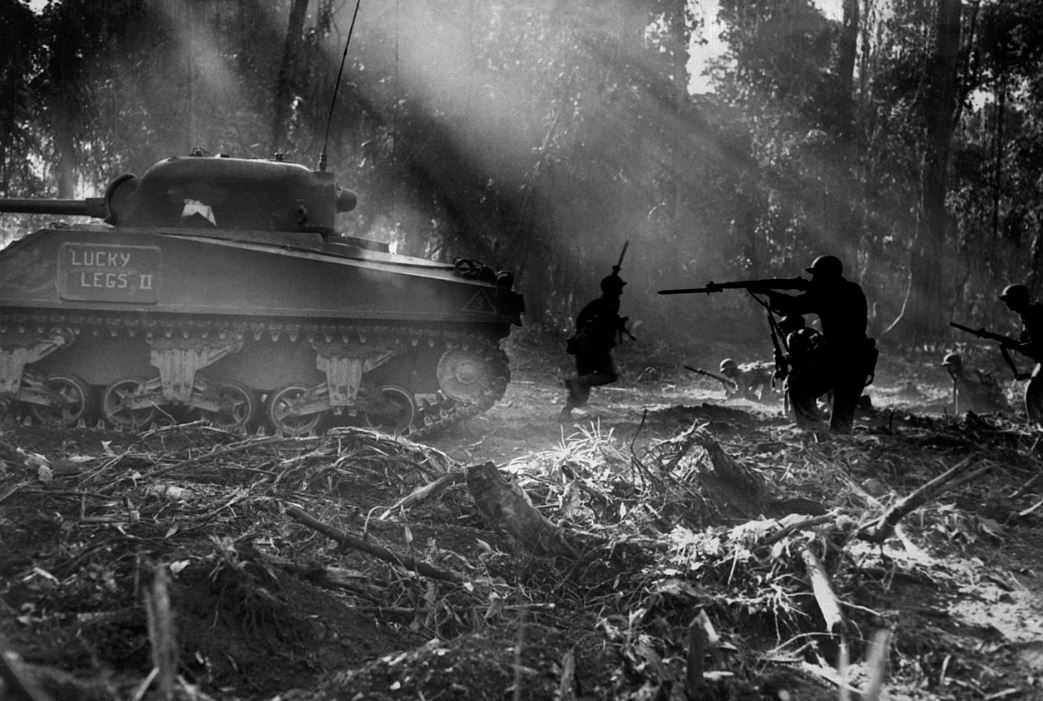
The letters elicited an image of a young man who was way too young to fully apprehend the outcomes of the battle he was fighting in. It was, indeed, a rare, first-hand sight into a monumental time in U.S. history. And it revealed the weight of the duties bequeathed on amateur soldiers.
Dear Parents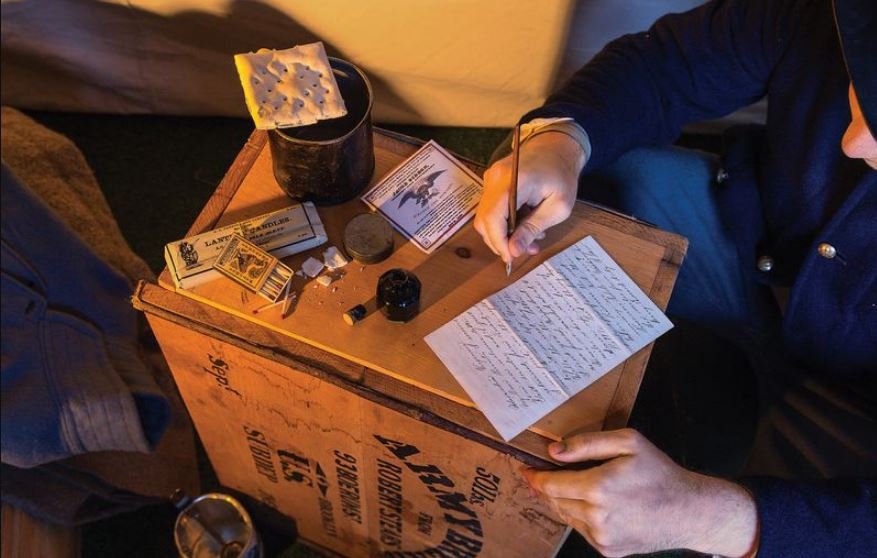
The note inside the envelope began like “My Dear Parents, “I received your ever-welcome letter last Sunday, and I just returned from guard [duty]. I was just in the right mood to write so I will try it. We left Union Mills the next day after I sent you the letter.”
The Battle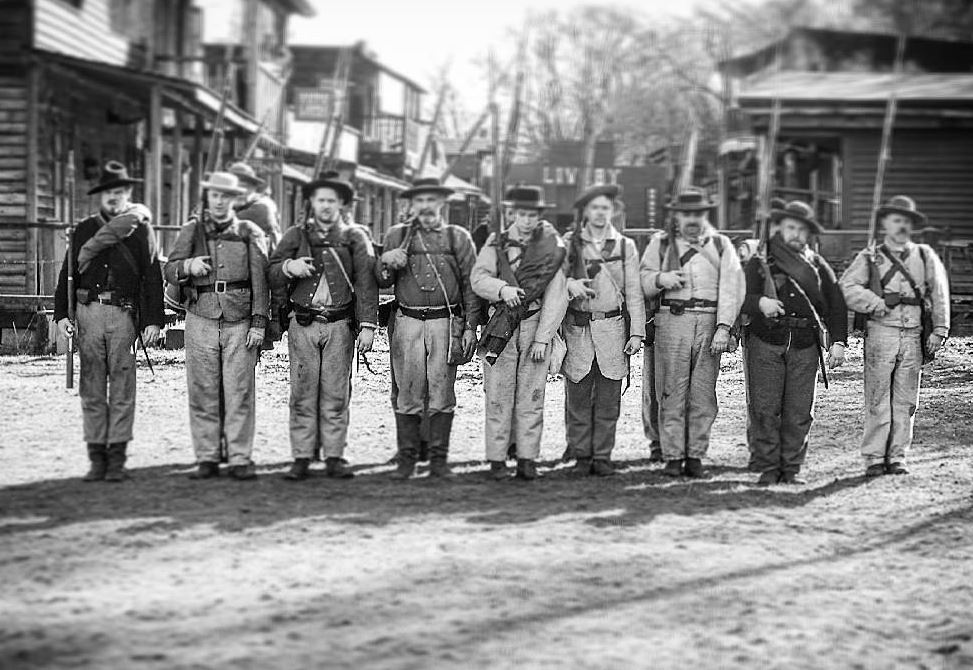
With an intense emphasis on “union mills”, the letter continued, “As we passed Fairfax Courthouse, we marched about six miles when we were drawn up in line of battle. But nothing happen [sic]; only a few of our pickets taken prisoners. The next morning we took three Prisoners Rebels…”
The Era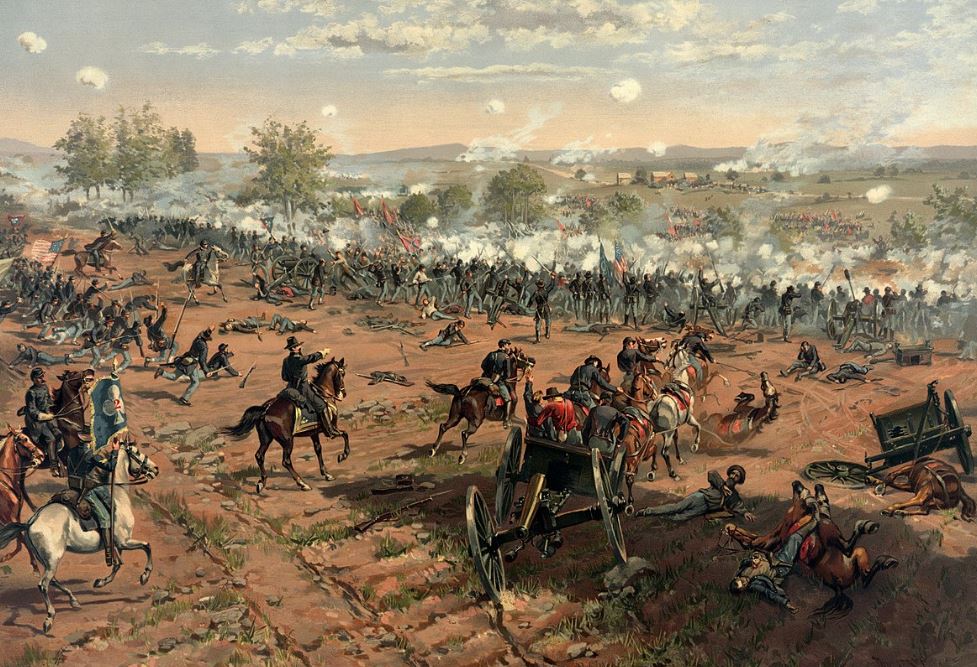
The first lines of the letter provided a further clue to the letter’s origin. Imprinted on it was another stamp mark in red and blue ink. It depicted a scene of battle and included the inscription, “The War For The Union.”
Incomplete Image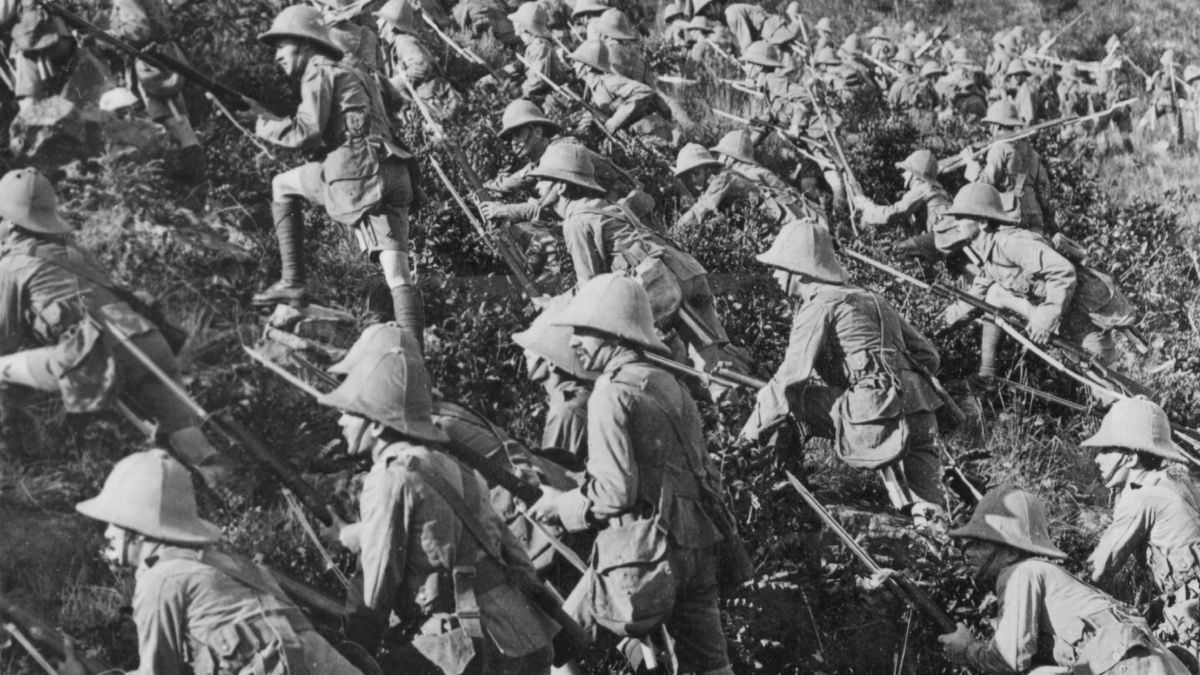
Lynch felt that no matter how hard she tried, she was not going to get the complete image of the soldier, so, she stretched her hand to Steve Kochersperger who was a USPS researcher with an interest in the Civil War. To add on, Kochersperger had an ancestor who ran a private mail service in the Philadelphia area which was before the Battle of Gettysburg in 1863.
Idea!
Lynch got an idea to reach out to people. He thought if the article appeared in the Smithsonian magazine and on its website it could grab the attention of nearly eight million-strong audiences. He approached the magazine and his idea got approved. The piece subsequently ran alongside an evocative photo-shoot recreating a historically authentic writing space.
Shared
The article they published narrated an imagined story of the soldier’s life using details described in his letters. The Smithsonian magazine’s audience, deeply moved by the article, extensively shared the piece. The pages of history were flipped and civil wars were being read again.
Response
Within weeks of the article’s publication, Lynch received an email from Courtney Cresta living in Spring, Texas. The email suggested that she recognized the letters as those found by her grandmother Nancy Cramblit, who resides in Muskegon, MI.
Conversation
Lynch was soon able to speak with the 78-year-old on the phone. He was curious to know the origin of the letters. He assumed that the lady he was about to talk to was somewhere or the other related to the author of the letter. To his dismay, nothing of that sort happened.
The Collector 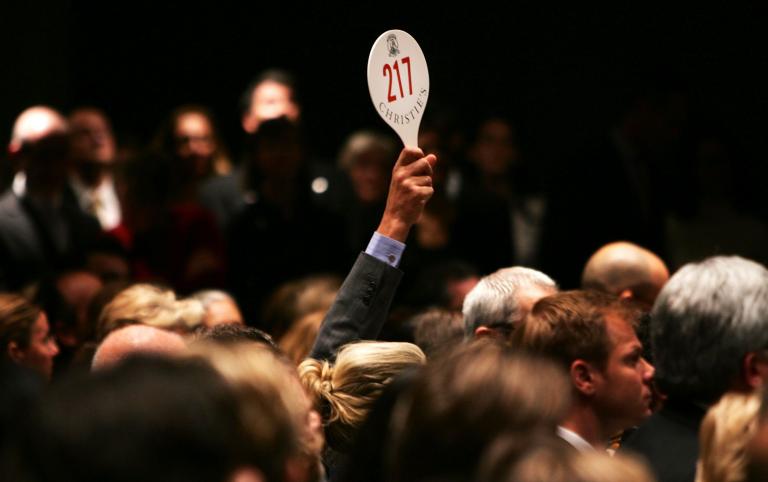
While having a conversation over a call, Lynch was informed that Cramblit’s husband, Marvin, had been an avid collector. He’d often inquired antique stores and even yard sales in search of interesting historical artifacts and keepsakes. He wanted to preserve history by buying the artifacts and keeping it safe with himself.
Finding Out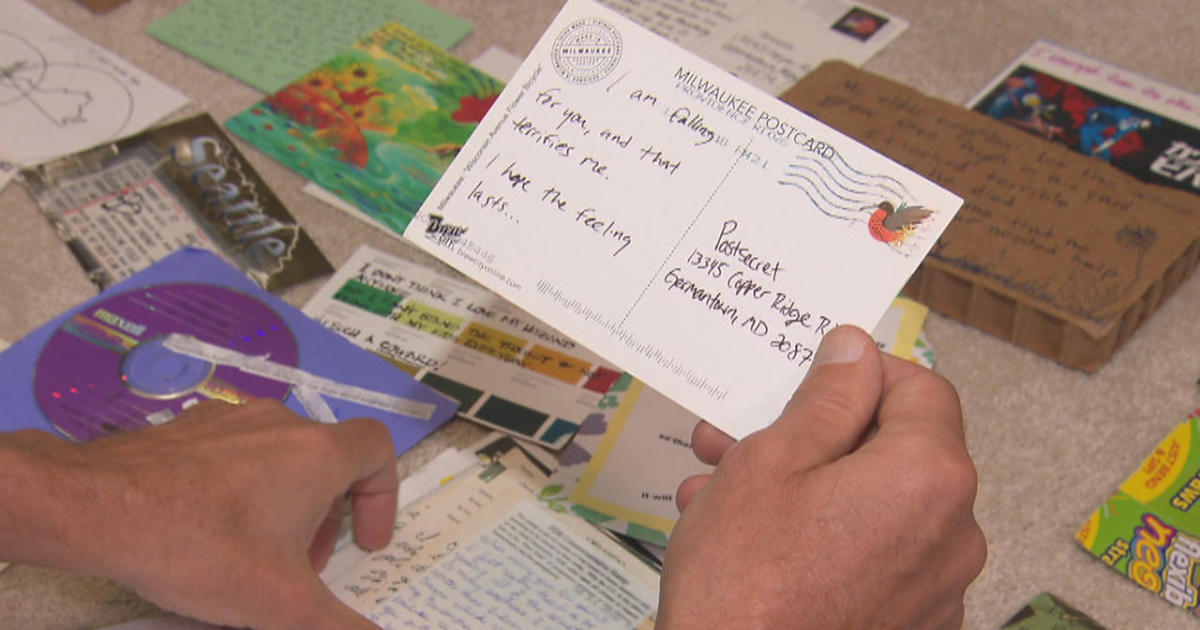
When Marvin passed away in 1978, his wife, Cramblit found the letters among his collection. She never knew about the letters when Marvin was alive. She was perplexed as she had no idea where they had come from or who had sold them to him.
Sending It Back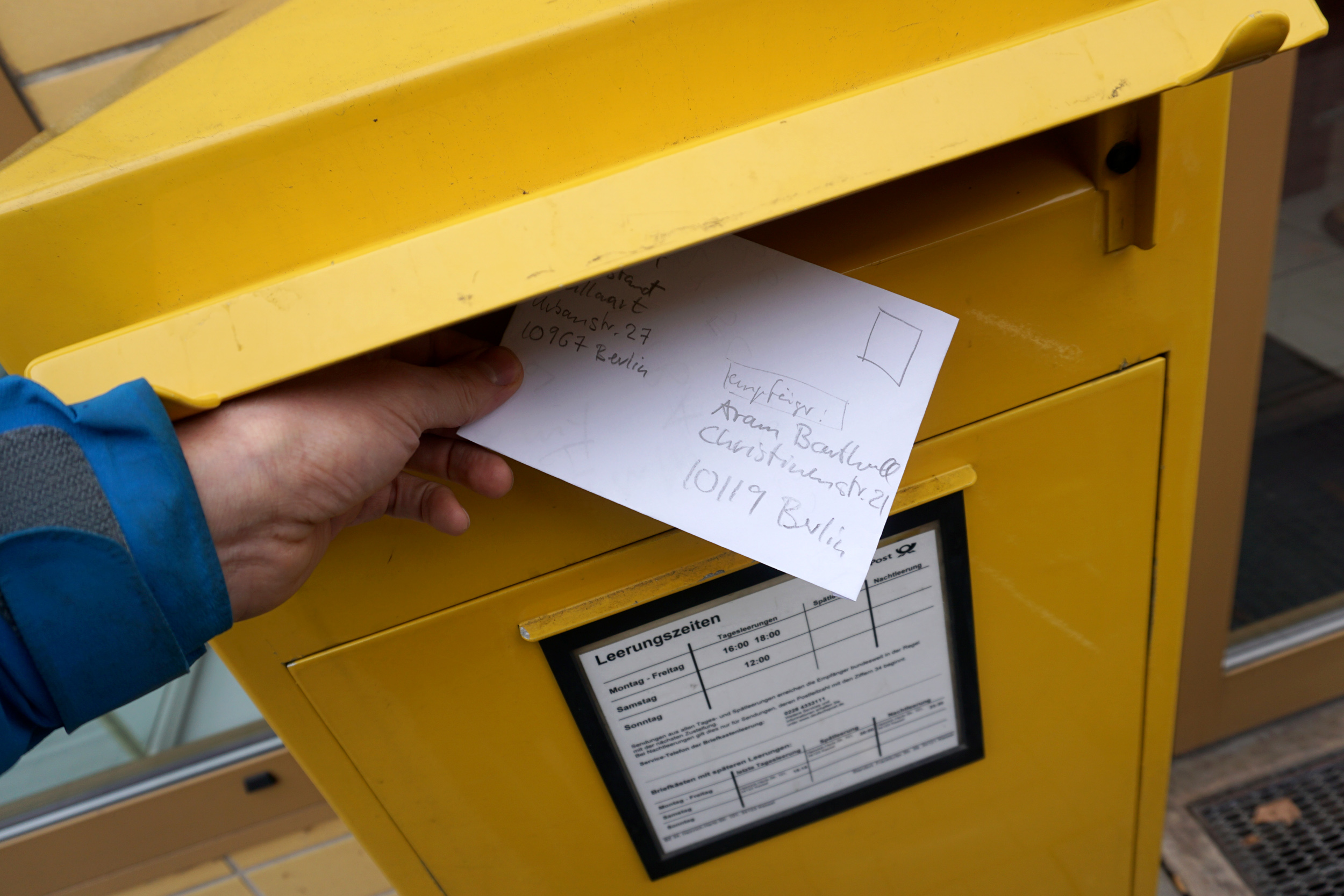
After reading the letters, Cramblit thought of sending them to the respectful owner or the family of the owner. She figured that the correspondence would be placed with surviving members of the soldier’s family. Cramblit took a chance and sent the letter to the postmaster of the city so that the postmaster could find the authentic receiver of the letter.
Small Town
Newaygo is a town with a population of around only 2,000 people. Cramblit thought that the small town was tightly connected. She thought that locals surely would know a Shephard or two. Since the village was closely packed, the postmaster would definitely find the authentic owner of the letter.
The Risk

The grandmother risked it all by not mentioning the return address. If the letters were misplaced, there was no single chance to get the letters back. Knowing all this, the risk was taken and the letters were sent to the postmaster.
It Worked!

Cramblit’s risk was worth. Boes and her colleagues proceeded with the next step that is giving the letter in the hands of an expert. The search for surviving relatives of the author began. It was more of a personal mission for the research analysts.
Opinion

Kochersperger while working on the case, told the Smithsonian magazine, “I identified with [Shephard] as a boy off to see the world. I could also identify with his parents since I have five kids of my own.” Being emphatic, he started analyzing the letters and the case took a different direction altogether.
Interesting!
While analyzing the letters more closely, Kochersperger discovered that one of the letters was written to the brother. It appears that only the notes to Albert, Shephard’s brother, was written by the soldier himself. Although the majority of Civil War soldiers were literate, it’s presumable that many preferred to dictate letters to those with faster, more readable handwriting.
In-Depth Study
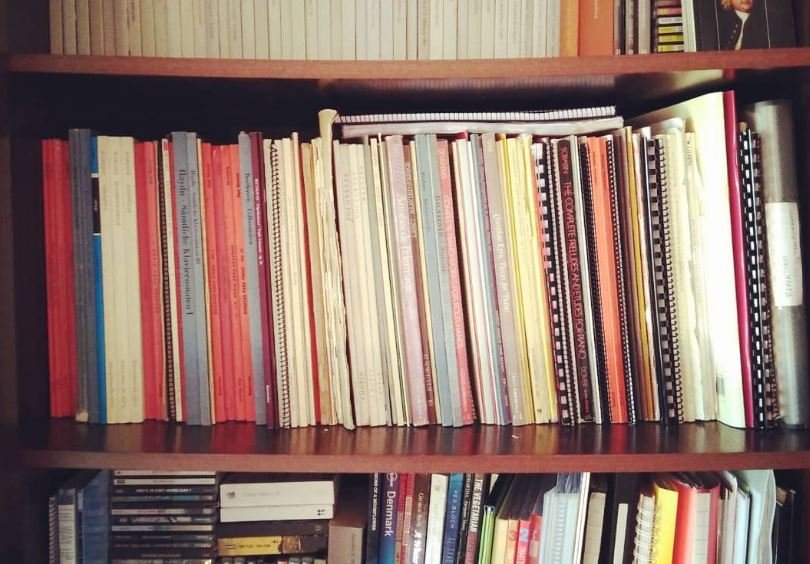
Kochersperger was to chronologically arrange the incidents described in Shephard’s letters with those recorded in the history books. The researcher went through several sources, such as newspaper archives, census, and military records. But most striking among them was The History Of Livingston County, Michigan by Franklin Ellis which was published in 1880.
Disclosed
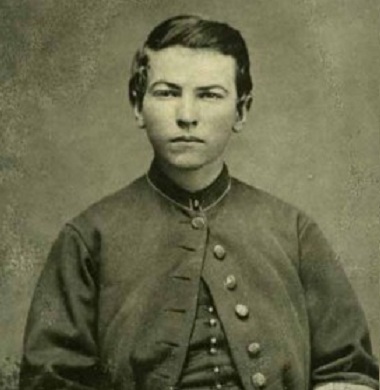
From all the studies he went through, he got to discover that Shephard had been born around 1843. He’d also been the eldest of three children born to Sarah and Orrin Shephard. In the 1850s, the family had called Grass Lake, MI, home. But they’d later moved to White River.
His Life
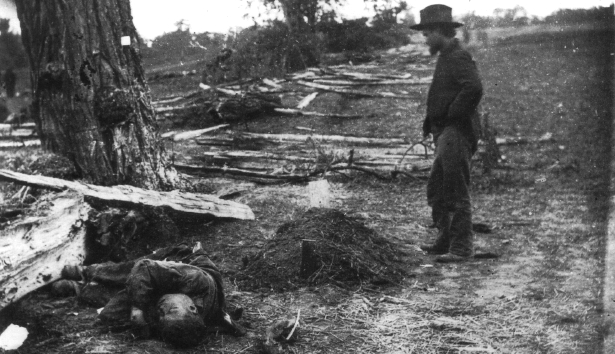
They assumed that the Shephard enlisted just over a year into the war when he was only 18. To their surprise, rather than describing bloody conflicts, he wrote about America outside of Michigan that his course of duty took him to.
Admiring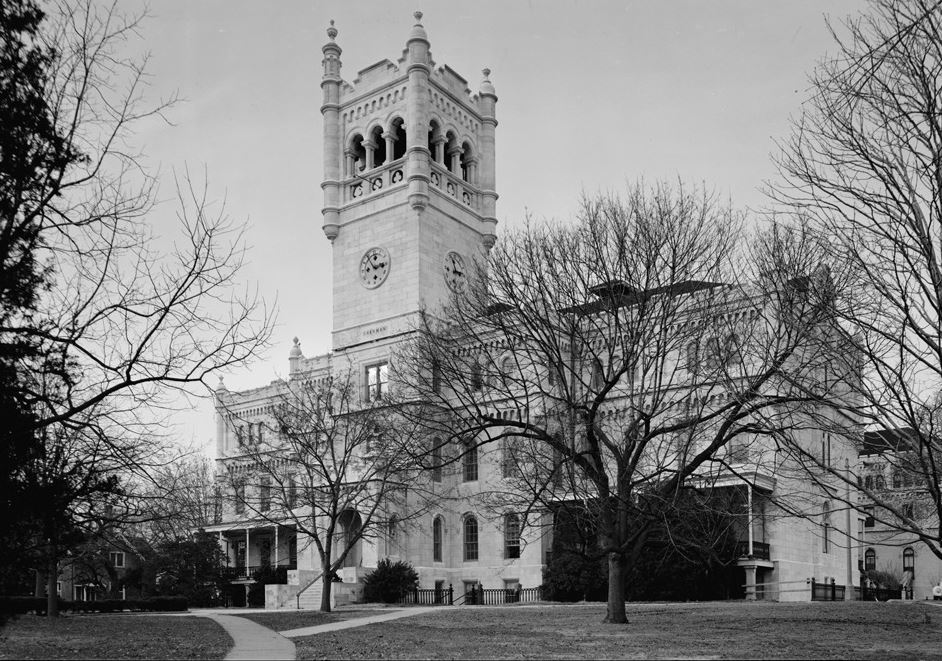
Addressing this experience, the young soldier explained it as “the finest piece of architecture in the United States… A large mass of stone and iron, there is scarcely any wood about it. It is all white and completely filled with the most beautiful paintings I ever saw.”
Brutal Game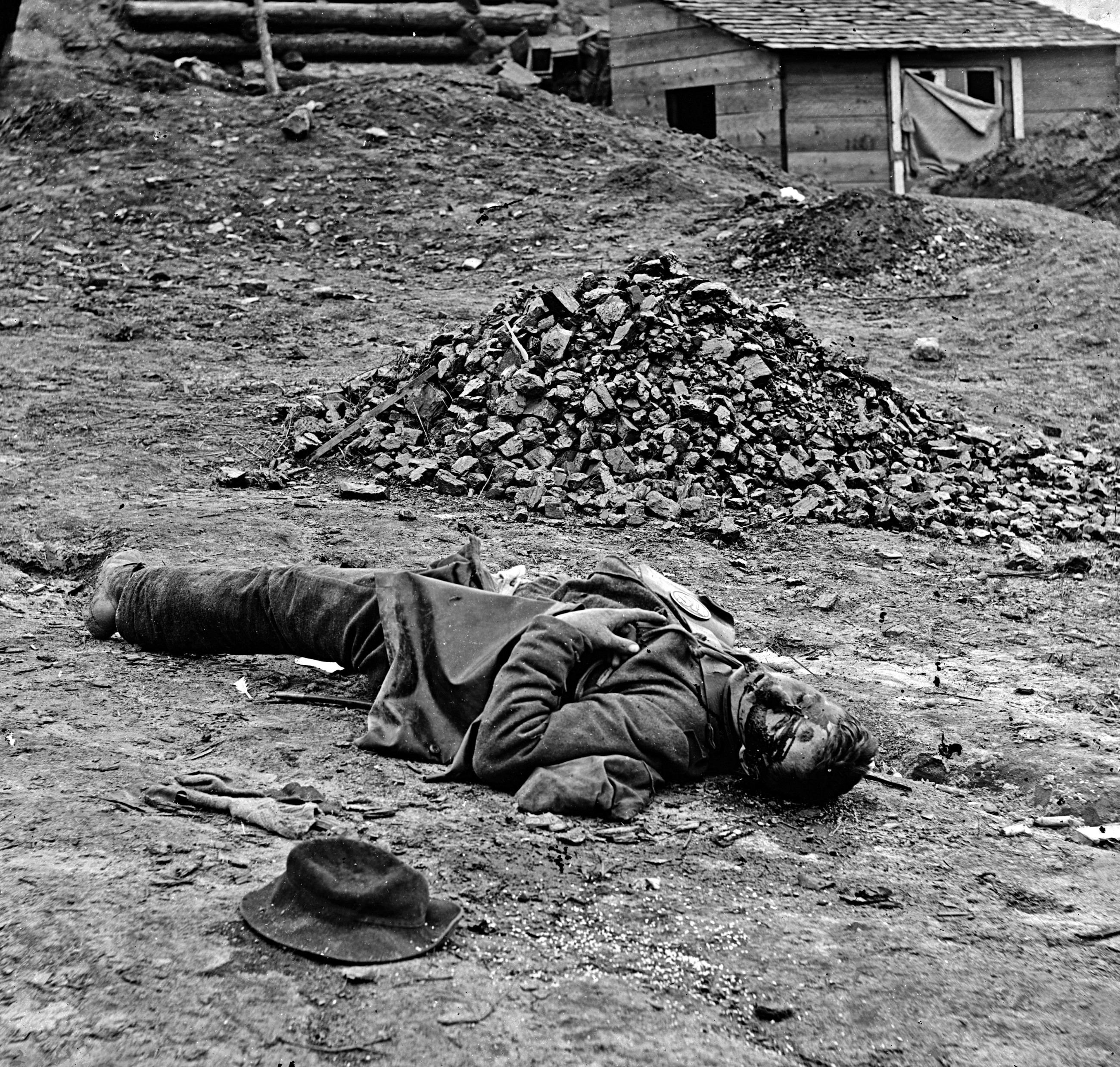
By the letters and books of the past, they studied that the young man fought in the war. After many brutal battles, he was captured by the other troop and lastly, at the age of 21, he died because of savage conditions at a military prison in Salisbury on 18 December 1864.
Preserved For Ages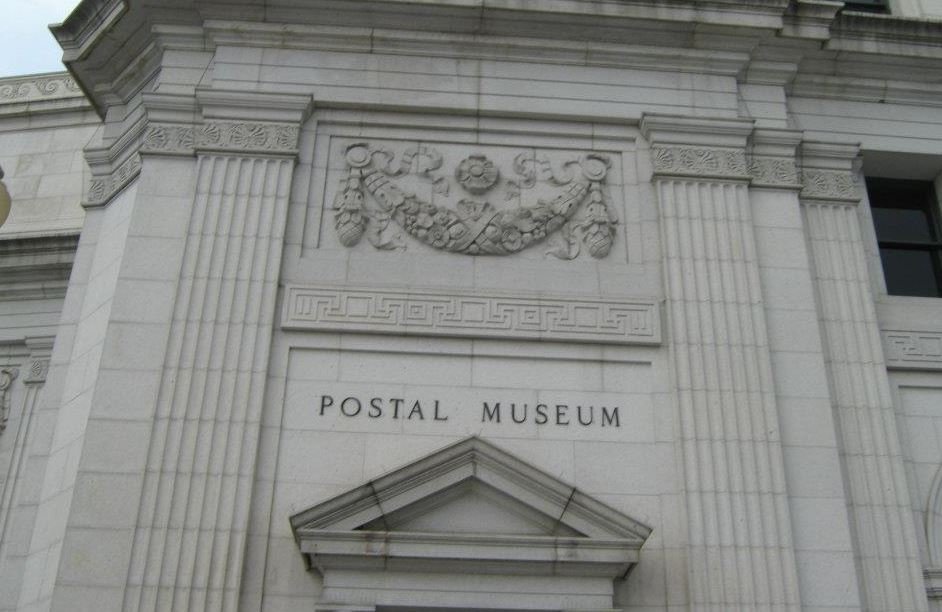
The story of Shephard was not that happy as he did not get to meet his family before losing his last breath. Yet, his letters showed how much he loved his family. Shephard may have been forgotten with time, but his letters have that intensity to connect with the era of war and revive his pains. His letters are now preserved at Smithsonian’s National Postal Museum.








No comments: